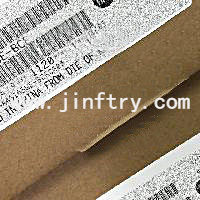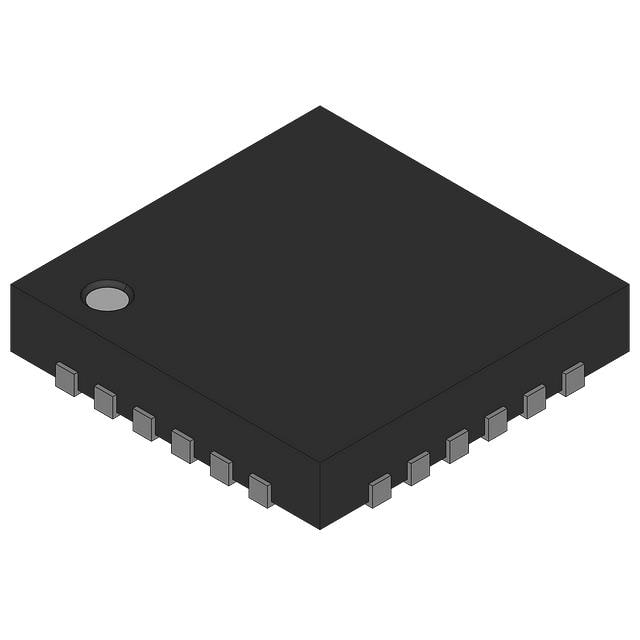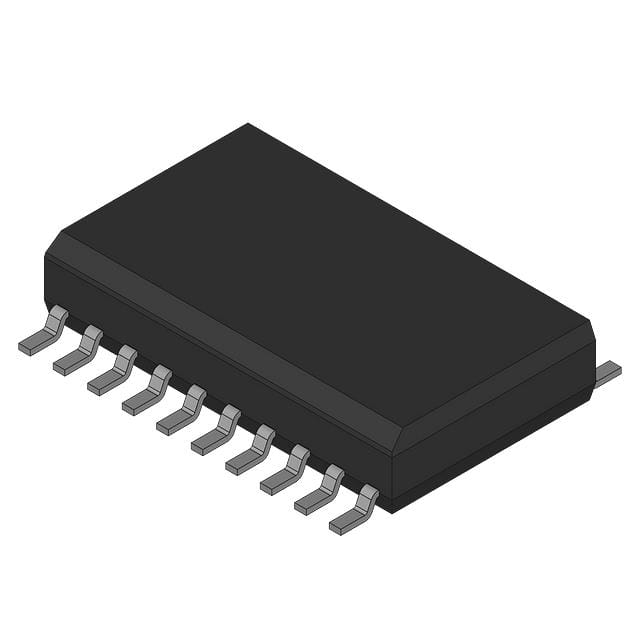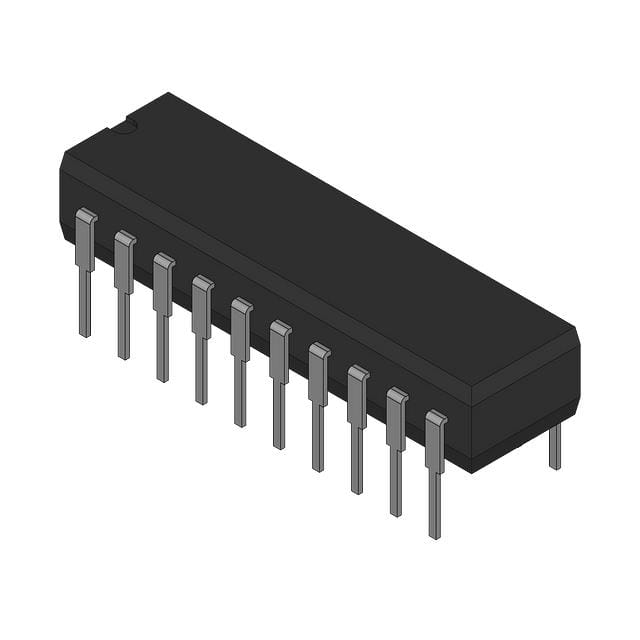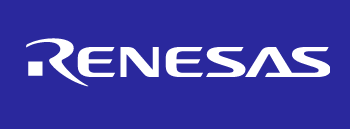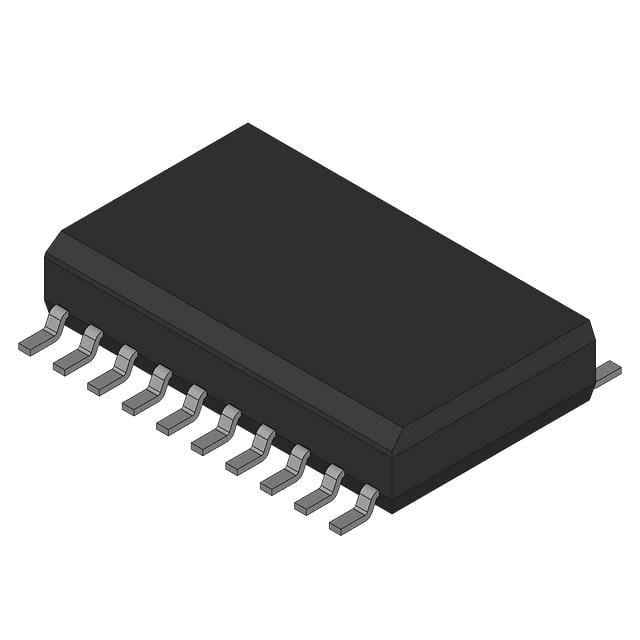M56783AFP#CC1J Product Introduction:
Renesas Electronics America Inc Part Number M56783AFP#CC1J(Interface - Drivers, Receivers, Transceivers), developed and manufactured by Renesas Electronics America Inc, distributed globally by Jinftry. We distribute various electronic components from world-renowned brands and provide one-stop services, making us a trusted global electronic component distributor.
M56783AFP#CC1J is one of the part numbers distributed by Jinftry, and you can learn about its specifications/configurations, package/case, Datasheet, and other information here. Electronic components are affected by supply and demand, and prices fluctuate frequently. If you have a demand, please do not hesitate to send us an RFQ or email us immediately sales@jinftry.com Please inquire about the real-time unit price, Data Code, Lead time, payment terms, and any other information you would like to know. We will do our best to provide you with a quotation and reply as soon as possible.
Introducing the M56783AFP#CC1J, a cutting-edge product by Renesas Electronics America Inc. This advanced microcontroller offers a wide range of features and is designed to meet the demands of various application fields.
The M56783AFP#CC1J boasts a powerful 32-bit RISC CPU, providing exceptional performance and efficiency. With a clock speed of up to 100 MHz, this microcontroller ensures fast and accurate data processing. It also includes a generous 512 KB flash memory and 64 KB RAM, allowing for ample storage and seamless multitasking.
Equipped with a comprehensive set of peripherals, the M56783AFP#CC1J offers versatile connectivity options. It features multiple UART, SPI, and I2C interfaces, enabling seamless communication with external devices. Additionally, it supports USB 2.0, Ethernet, and CAN interfaces, making it ideal for applications requiring high-speed data transfer.
The M56783AFP#CC1J is designed to excel in a wide range of application fields. Its robust architecture and extensive feature set make it suitable for industrial automation, automotive systems, consumer electronics, and more. Whether it's controlling complex machinery, managing smart home devices, or powering automotive infotainment systems, this microcontroller delivers exceptional performance and reliability.
In conclusion, the M56783AFP#CC1J by Renesas Electronics America Inc is a versatile and powerful microcontroller that offers a wide range of features. With its exceptional performance, extensive connectivity options, and suitability for various application fields, it is the perfect choice for developers and engineers seeking a reliable and efficient solution.
Interface - Drivers, Receivers, Transceivers are all important components in integrated circuits (ics) to achieve signal transmission. The driver interface is responsible for converting internal logic signals into signals suitable for long-distance transmission or driving external loads, ensuring signal integrity and stability. It usually includes signal amplification, level switching, and necessary protection circuits to match the electrical requirements of different systems. The receiver interface, by contrast, receives an external signal, converts it to an internal logic level, and performs noise suppression and signal integrity checks to ensure that data is transmitted accurately to the internal circuit. The transceiver interface is a combination of driver and receiver, which can realize the transmission and reception of signals on the same device. It usually includes transmitting and receiving subsystems, transmitting part is responsible for signal generation, modulation and amplification, receiving part is responsible for signal reception, demodulation and processing.
Application
Interface - Drivers, Receivers, Transceivers are widely used in various high-speed communication and signal processing occasions. In network devices such as data centers, servers, and switches, they are key components to implement high-speed interface protocols such as high-speed Ethernet and Fibre Channel. In the field of consumer electronics, such as smartphones, tablets, HDTVS, etc., these interfaces support HDMI, USB, DisplayPort and other high-definition audio and video transmission standards, providing excellent audio and video experience. In addition, in industrial automation, automotive electronics, aerospace and other fields, these interfaces also play an important role in enabling reliable communication and precise control between devices. With the rapid development of the Internet of Things (IoT) and 5G communication technology, the application field of driver interface, receiver interface and transceiver interface will be further expanded, providing powerful communication support for more intelligent and interconnected devices and systems.
FAQ about Interface - Drivers, Receivers, Transceivers
-
1. What is an interface IC?
An interface IC is a chip with an internal interface circuit, which is mainly used for connection and data exchange between the CPU and external devices and memory. The interface IC coordinates the differences in speed, type, timing, etc. between the CPU and external devices through internally set registers, buffer logic, information format conversion and other functions to ensure accurate and efficient data transmission.
The main functions of the interface IC include:
Setting data storage and buffering logic: adapting to the speed difference between the CPU and external devices, and performing batch data transmission through registers or RAM chips.
Information format conversion: such as serial and parallel conversion, adapting to different data transmission requirements.
Coordinating timing differences: ensuring the synchronization of the CPU and external devices in timing.
Address decoding and selection: realizing the selection and control of peripherals.
Setting interrupt and DMA control logic: ensuring the correct processing and transmission of interrupt and DMA request signals.
Interface ICs are widely used in various electronic devices, such as smart homes, industrial automation, computer systems, etc. For example, Type-C interface chips are used to implement Type-C interface functions, supporting high-speed data transmission and power transmission; RS-485 interface chips are used in industrial automation and control systems, supporting multi-point differential signal transmission.
-
2.
What is a transceiver IC?
A transceiver IC is an integrated circuit that is mainly used to realize the sending and receiving functions of signals. It can be used in different communication systems. According to the specific application scenario, the transceiver IC can realize the conversion between electrical signals and optical signals and radio frequency signals.
The specific types of transceiver ICs include optical transceiver chips and radio frequency transceiver chips. Optical transceiver chips are mainly used in optical fiber communication systems to realize the conversion between optical signals and electrical signals. They are the basic chips of the physical layer of optical fiber broadband networks. Radio frequency transceiver chips are used in radio communications. As a "translator" between radio waves and digital signals, they realize the conversion between baseband signals and radio frequency signals. They are widely used in 5G base stations, industrial Internet, Internet of Vehicles and other fields.
-
3. What is the difference between a transmitter and a transceiver?
The core difference between a transmitter and a transceiver lies in their functions and uses. The transmitter is mainly responsible for converting electrical signals into optical signals and transmitting them through optical fibers; while the transceiver has both transmitting and receiving functions, which can convert electrical signals into optical signals for transmission and also convert optical signals into electrical signals for reception.
The transmitter is usually composed of an optical transmitting module, whose function is to convert electrical signals into optical signals and transmit them through optical fibers. It is mainly used to connect devices that need to send data, such as computers, servers, etc. 12. The transceiver contains two modules, optical transmitting and optical receiving, which can complete the two-way transmission of signals, and can both send and receive data.
 Lead free / RoHS Compliant
Lead free / RoHS Compliant



